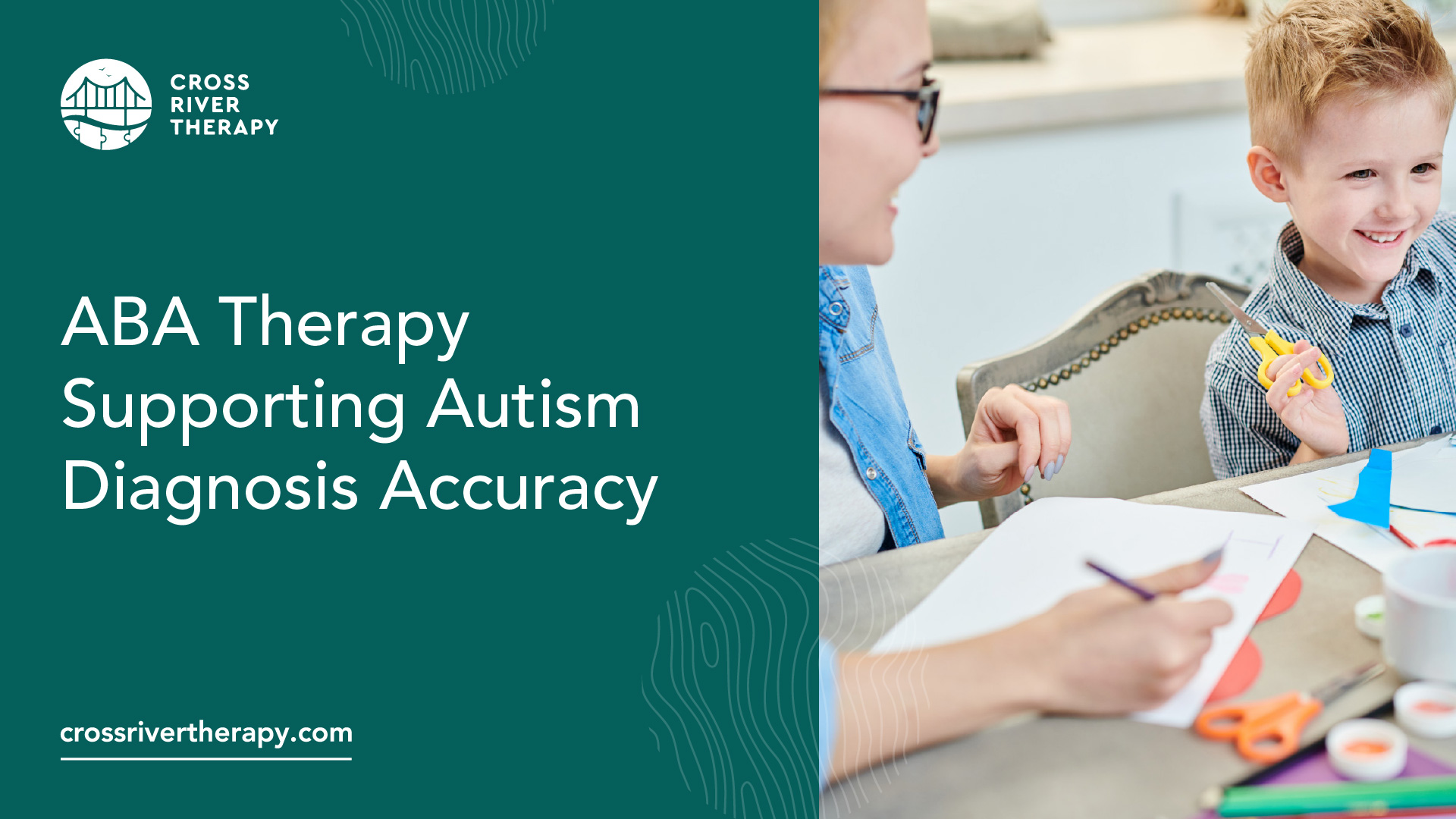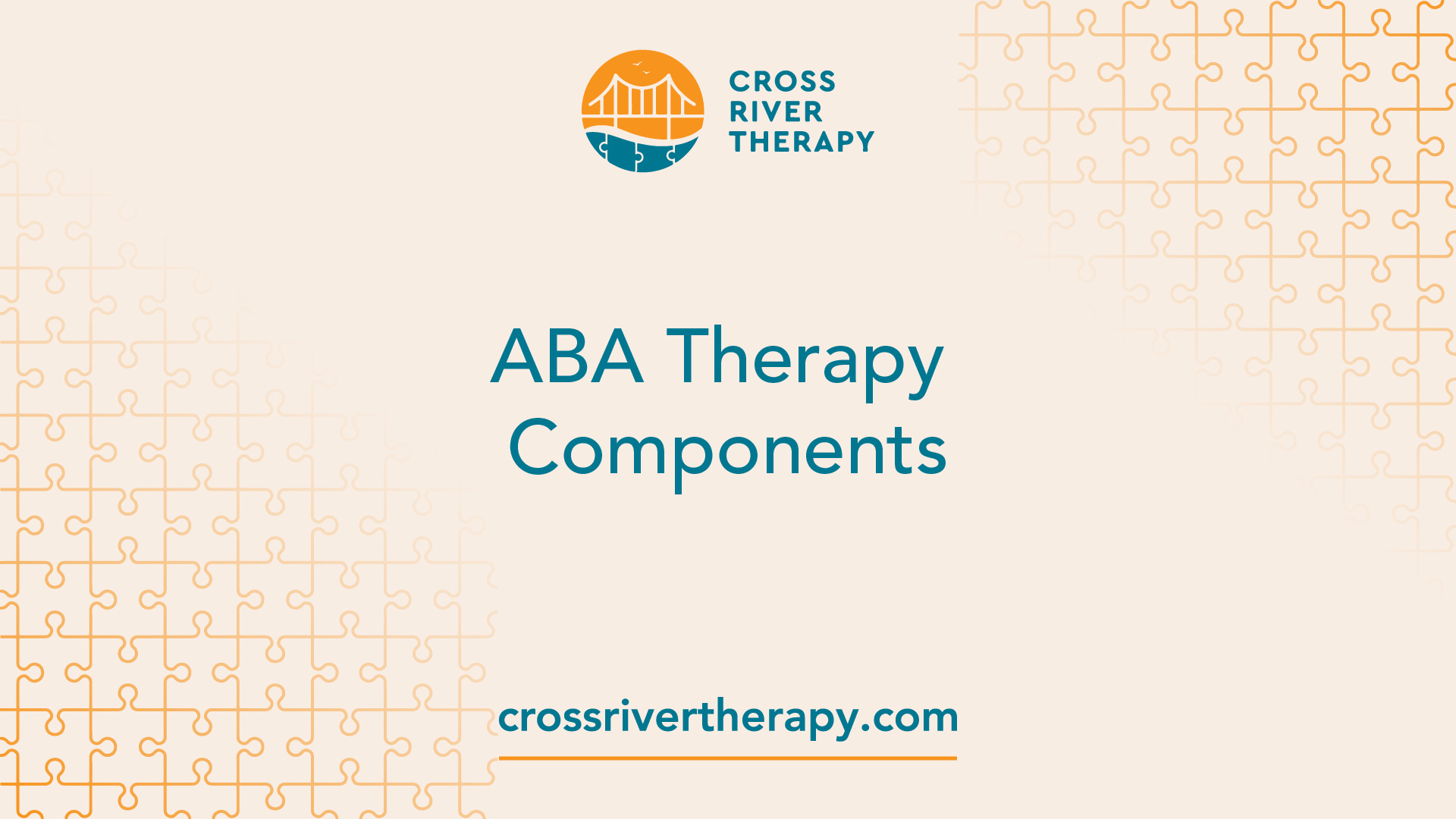ABA Therapy Supporting Autism Diagnosis Accuracy
Explore how ABA therapy for autism diagnosis boosts skills and supports your child’s unique journey to success!
Understanding ABA Therapy

History and Evolution
Applied Behavior Analysis (ABA) therapy has been utilized since the 1960s to support children with autism and related developmental disorders. Developed from behavior analysis principles, ABA focuses on understanding how behavior is influenced by the environment and reinforces positive behavioral changes.
Organizations such as Autism Speaks and the US Surgeon General endorse ABA therapy as an evidence-based best practice treatment, highlighting its quality and effectiveness.
Initially, ABA practices began to establish their reputation for helping children improve their social and communication skills. Through years of research, this approach has evolved, incorporating various methods, such as discrete trial teaching and naturalistic developmental interventions. As a result, a robust body of literature has emerged, supporting its effectiveness for individuals diagnosed with Autism Spectrum Disorder (ASD) [1].
Principles and Effectiveness
The principles of ABA therapy revolve around behavior modification through reinforcement strategies. These principles guide therapists in customizing interventions that are tailored to the unique needs of each child, which is particularly beneficial in managing behaviors associated with autism.
Research has consistently shown the effectiveness of ABA-based interventions. A significant study conducted in 2012 indicated that ABA therapy had a small to medium success rate, with 48% of children showing significant improvements within a four-year timeframe. Key methods employed in ABA include:
- Shaping: Gradually reinforcing behaviors that are closer to the desired behavior.
- Functional Communication Training: Teaching children necessary communication skills.
- Pivotal Response Training: Focusing on pivotal areas that facilitate broader learning.
The effectiveness of ABA therapy has led to widespread acceptance and endorsement by various organizations, including the American Psychological Association and the National Institute of Mental Health. Parents seeking to understand ABA therapy for autism diagnosis can gain confidence in its application and results as a proven method to enhance their child's development.

ABA Therapy Components
Understanding the components that make up ABA therapy is crucial for parents seeking effective interventions for their children diagnosed with autism. This section highlights the roles of the BCBA and therapy team, as well as the importance of individualized therapy plans.
BCBA and Therapy Team
A board-certified behavior analyst (BCBA) plays a vital role in the ABA therapy process. The BCBA designs and directly oversees the ABA program, customizing it to each learner's skills, needs, interests, preferences, and family situation. A BCBA is a trained professional who assesses, analyzes behavioral issues, and promotes positive behavior changes through targeted interventions [4].
The therapy team typically includes the BCBA, behavior technicians, and sometimes additional specialists who collaborate to deliver the program effectively. Each member of the team will have specific responsibilities to ensure that the therapy is implemented correctly and consistently. According to research, ABA programs must be administered with fidelity by technicians to yield effective results.
- BCBA (Board Certified Behavior Analyst): Designs and oversees the therapy program, assesses individual needs, and ensures the program meets these needs.
- Behavior Technicians: Implement ABA strategies as outlined by the BCBA and collect data on the child’s progress.
- Additional Specialists: Provide support in areas like speech therapy or occupational therapy if required, to address specific needs beyond ABA therapy.
Individualized Therapy Plans
Individualized therapy plans are crucial for ensuring that ABA therapy is effective and relevant to the child's needs. These plans emphasize age-appropriate, personalized treatment, aiming to address specific objectives for each child. The BCBA works closely with families to create a plan that incorporates the child’s unique strengths, challenges, and interests.
A well-structured therapy plan includes measurable goals and clear strategies for achieving them. It should be straightforward enough for parents and caregivers to follow at home, allowing them to reinforce the strategies being taught during therapy sessions.
Effective implementation of these plans can lead to significant behavior changes and improvements in skill acquisition for children with autism.
Key Elements of Individualized Plans
- Customized objectives based on the child's specific needs.
- Strategies aligning with family values and lifestyles.
- Measurable outcomes to track progress.
- Consistency to ensure effectiveness in various settings.
By understanding the components of ABA therapy, including the role of the BCBA and the necessity of individualized plans, parents can make informed decisions about therapeutic interventions that will best support their children.

Benefits of ABA Therapy
ABA therapy offers numerous advantages for children diagnosed with autism, particularly in enhancing intellectual functioning and developing language skills. Parents seeking effective interventions will find valuable insights in these areas.
Improvements in Intellectual Functioning
Numerous studies have shown that intensive and long-term therapy using ABA principles significantly improves outcomes for many children with autism. According to Autism Speaks, more than 20 studies have established the effectiveness of ABA therapy in key developmental areas.
A meta-analysis of 22 studies found that ABA interventions positively impacted language development, social functioning, intellectual functioning, and the acquisition of daily living skills for children with Autism Spectrum Disorder (ASD).
- Intellectual Functioning: 60%+ improvement in intensive programs
- Language Skills: 65%+ improvement with customized approaches
- Social Functioning: 55%+ improvement with continuous intervention
Enhancements in Language Development
Language development is another critical benefit of ABA therapy. A board-certified behavior analyst (BCBA) designs and directly oversees the ABA program to ensure it is tailored to each child's unique skills, needs, interests, preferences, and family situation. Customized programs increase the chances of successful outcomes for children with ASD.
Research indicates that significant improvement in expressive language skills can be achieved through interventions based on ABA, Early Start Denver Model (ESDM), Picture Exchange Communication System (PECS), and Discrete Trials Training (DTT). According to NCBI, these targeted approaches have proven effective in fostering communication skills among children with ASD.
- Expressive Language: 70%+ improvement through ABA techniques
- Receptive Language: 60%+ improvement in skills engagement
- Functional Communication: 65%+ improvement with structured learning
Parents who are looking into ABA therapy for autism diagnosis will find that these benefits can lead to improved overall outcomes for their children. For more information about different aspects of ABA therapy, visit our articles on aba therapy and behavior modification.
ABA Therapy Goals
Setting clear, achievable objectives is vital in ABA therapy for children diagnosed with autism. Goals help track progress and ensure that the therapy sessions remain focused and effective.
Setting Specific Objectives
ABA therapy centers around setting specific and measurable goals for children with autism spectrum disorder (ASD). During the goal-setting process, behavior analysts collaborate with caregivers, conduct direct assessments, and gather data to tailor objectives to each child's unique needs.
These goals are broken down into achievable steps that contribute to overall skill development. This structured approach enables children to experience success and build confidence as they progress through various milestones.
Daily Living Skills:
- Examples: Increasing independence with dressing and grooming
- Measurement Method: Observation and data tracking
Communication Skills:
- Examples: Enhancing expressive and receptive language
- Measurement Method: Speech assessments
Social Skills:
- Examples: Improving interaction with peers
- Measurement Method: Social skills assessments
Community Skills:
- Examples: Teaching skills for safe participation in public places
- Measurement Method: Direct observation
Target Areas for Development
ABA therapy aims to enhance a variety of skills in children with autism. Target areas may include daily living skills, communication, social interactions, and community skills. Each of these targets is crucial for fostering independence and inclusivity.
- Increasing Independence: Encouraging children to perform daily tasks such as grooming, dressing, and hygiene on their own is a primary focus. This builds confidence and self-reliance.
- Improving Communication Skills: ABA therapy enhances both expressive and receptive language skills. Developing these skills facilitates better interactions and understanding of others.
- Enhancing Social Skills: Teaching children how to engage and interact with peers is vital. This includes understanding social cues, taking turns, and participating in group activities.
- Teaching Community Skills: Community skills focus on generalizing learned behaviors to various real-world environments, ensuring that the child can successfully navigate public spaces.
These targeted goals help ensure that children receive well-rounded support throughout their therapy journey, contributing to their overall development and quality of life.
Implementation of ABA Therapy
Implementing ABA therapy effectively is essential for maximizing its benefits for children diagnosed with autism. This section will discuss recommended therapy hours and the importance of consistency.
Recommended Therapy Hours
The effectiveness of ABA therapy often correlates with the number of therapy hours provided each week. It is generally recommended that children receive at least 15 hours of therapy per week to foster progress.
However, some children may require up to 40 hours per week, depending on their unique needs and personalized therapy plans. Factors such as the child's abilities, severity of behaviors, level of parent involvement, and skill transitions into everyday life can influence the speed of progress [7].
- 15 hours: Initial progress in behavior modification and communication
- 25 hours: Improved socialization and language skills
- 40 hours: Significant improvements across multiple developmental areas
Importance of Consistency
Consistency is critical in ABA therapy to reinforce learning and facilitate behavioral changes. Frequent and regular sessions help children internalize skills and behaviors, making it easier for them to apply what they learn in therapy to their daily lives. A stable routine allows for better tracking of progress and helps the therapy team adjust strategies based on each child's evolving needs.
Parents play a pivotal role in maintaining consistency by participating in therapy sessions and reinforcing strategies at home. This involvement not only strengthens the child's learning but also fosters better communication among family members regarding developmental goals.
By ensuring appropriate therapy hours and maintaining consistent practices, families can optimize the outcomes of ABA therapy for their children.
Criticisms and Challenges
While ABA therapy is recognized for its effectiveness in supporting children diagnosed with autism, there are several criticisms and challenges that parents should consider.
Intensity and Duration of Sessions
Many parents and caregivers have raised concerns about the intensity and duration of ABA therapy sessions. Some children may require extensive hours of therapy each week, leading to potential burnout or stress not just for the child, but for the entire family.
A study indicates that only a minority of children (28%) received a full therapeutic dosage of ABA, although those with lower functioning still experienced significant gains after 24 months of therapy.
Parents may need to monitor their child’s response to therapy, ensuring they are managing the recommended hours without overwhelming them. Here’s a breakdown of typical therapy hours:
- Toddlers (2-4 years): 15-30 hours
- Preschool (4-6 years): 20-40 hours
- School-age (6-12 years): 15-25 hours
Ethical Considerations and Financial Aspects
Ethical concerns regarding ABA therapy often stem from its historical application and methods. Some autism advocates question certain practices, particularly the original use of physical punishment methodologies, which have been largely abandoned but have left lingering skepticism regarding current interventions.
Activists have voiced their concerns about how ABA therapy sometimes targets stereotypic behaviors, often referred to as "stimming," which some argue should not be discouraged as they can serve important sensory functions for individuals with autism.
Financially, ABA therapy can present significant burdens on families. Coverage may vary greatly among insurance providers, causing some parents to bear a substantial out-of-pocket expense.
This financial strain may make it difficult for families to access consistent therapy for their children. Parents should explore their options, including discussing coverage with insurance companies and researching community resources that may assist with costs.
Parents considering ABA therapy should weigh these criticisms and challenges while focusing on what best suits their child’s needs. For additional insights on the role of ABA in autism interventions, look at our article on ABA therapy and autism interventions.
References
[1]: https://www.ncbi.nlm.nih.gov/pmc/articles/PMC9114057/
[2]: https://abacustherapies.com/understanding-aba-therapy-pros-and-cons-explained/
[3]: https://www.autismspeaks.org/applied-behavior-analysis
[4]: https://www.autismparentingmagazine.com/aba-principles/
[5]: https://www.ncbi.nlm.nih.gov/pmc/articles/PMC4448204/



